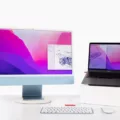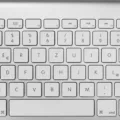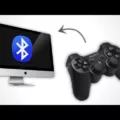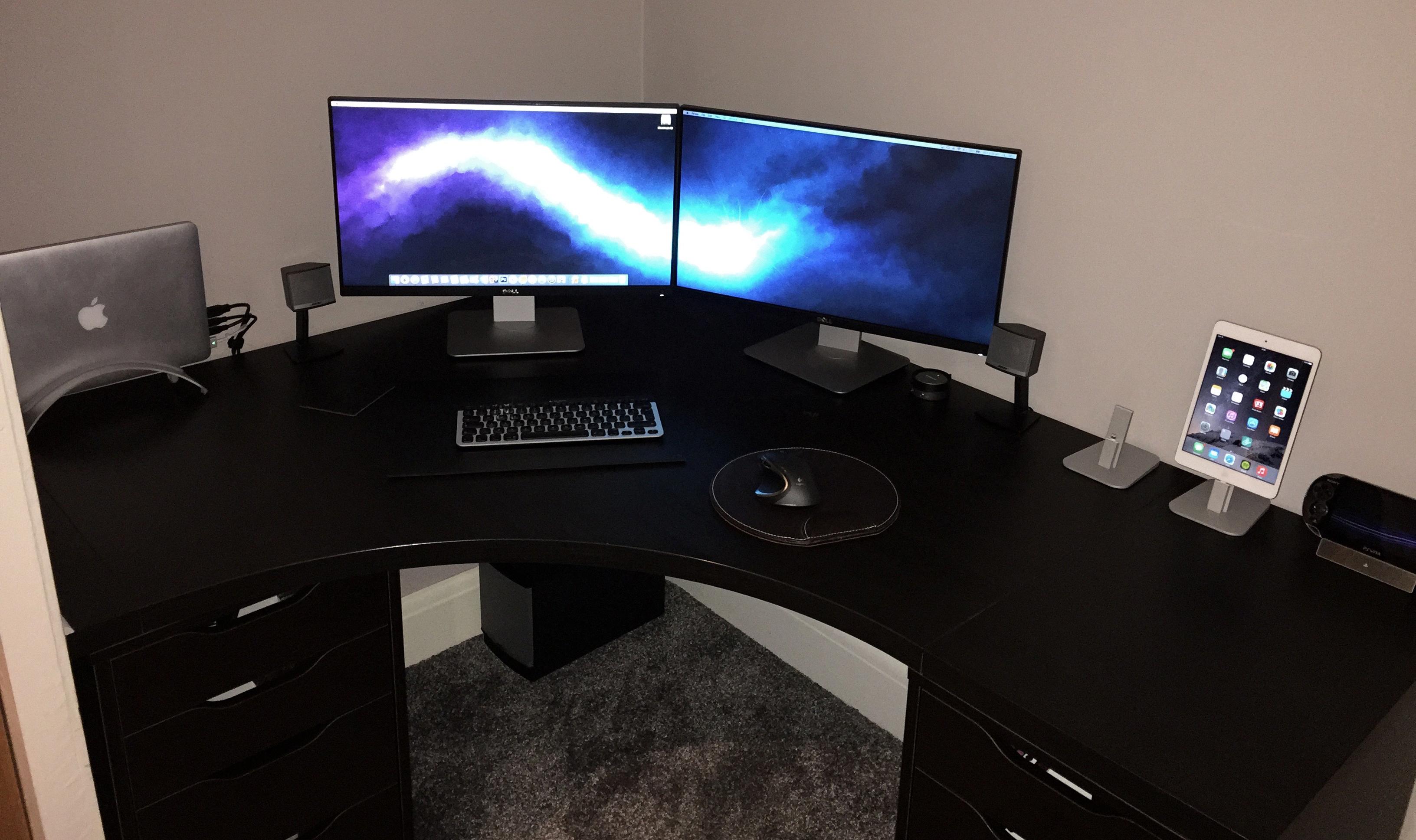Are you looking for a way to connect your laptop to a Mac desktop? You’re in the right place! Connecting your laptop to a Mac desktop is a great way to extend or mirror your work or entertainment space. In this blog post, we’ll cover the basics of connecting your laptop to a Mac desktop, including the hardware requirements and the different display options available.
First, let’s talk about the hardware requirements for this setup. To connect your laptop to a Mac desktop, you’ll need either an HDMI cable, a Mini DisplayPort cable, or a USB-C VGA Multiport Adapter. Depending on which type of cable or adapter you’re using, you’ll need to make sure that both your laptop and Mac desktop are compatible with it.
Once you have all the necessary cables and adapters in hand, it’s time to set up the connection. If you’re using an HDMI cable or Mini DisplayPort cable, simply plug one end into your laptop and the other end into your Mac desktop’s display port. If you’re using a USB-C VGA Multiport Adapter, plug one end into your MacBook Pro’s Thunderbolt port and the other end into your external display’s VGA port.
Now that you’ve connected the two devices together, it’s time to choose how they’ll interact with each other. Your two main options are mirroring or extending the display. Mirroring will duplicate whatever is on your laptop screen onto your Mac desktop screen while extending will allow you to use both screens independently of each other as if they were two separate displays.
Finally, if you want an even bigger workspace than what either device can provide alone, then AirPlay is an option worth considering. With AirPlay, you can select an iMac as a second display for extended use and wirelessly project content from one device to another easily and quickly.
Connecting your laptop to a Mac desktop is easy once you have all of the necessary hardware in place. Whether it’s for work or entertainment purposes, having access to twice as much screen real estate will definitely come in handy!
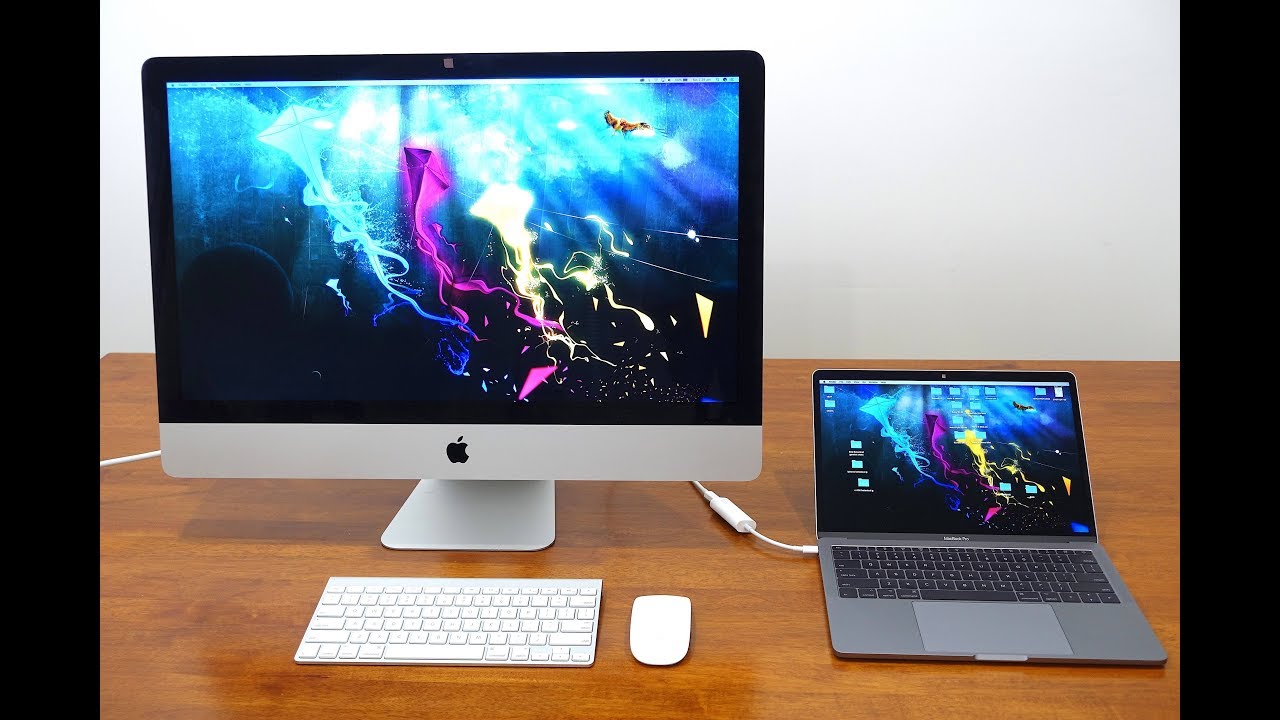
Using a Mac Desktop as a Monitor for a MacBook
Yes, you can use a Mac desktop as a monitor for a MacBook. In order to do so, you’ll need to have the right hardware and software setup. The iMac used as the display must have macOS High Sierra or earlier installed. The other Mac that you’re connecting it to (the MacBook) must have been introduced in 2019 or earlier and have macOS Catalina or earlier installed. Finally, you’ll need to use a Mini DisplayPort cable to connect the two computers. Once all these conditions are met, you should be able to use the iMac as a display for your MacBook.
Displaying a Mac Screen on a Laptop
You can easily display your Mac screen on your laptop using AirPlay. With AirPlay, you can mirror your Mac’s screen to another compatible device such as an Apple TV, a Smart TV, or an AirPlay-compatible receiver. To do this, open the System Preferences on your Mac and select Displays. Then, click the AirPlay Display button and select the device you want to mirror from the list of available options. Once you’ve selected the device, it will appear in the Displays menu and you’ll be able to view your Mac’s screen on your laptop.
Using an iMac as a Second Monitor
Yes, you can use an iMac as a second monitor. To do so, you’ll need to connect your primary Mac to the iMac via AirPlay. Once you have connected the two devices, you can either mirror your primary Mac’s display on the iMac or extend your desktop across both displays. To mirror the display, open System Preferences on your primary Mac and select Displays. In the drop-down menu next to AirPlay Display, select Mirror Built-in Retina Display. To extend your desktop across both displays, open System Preferences on your primary Mac and select Displays again. This time in the drop-down menu next to AirPlay Display, select Use As Separate Display. Once selected, you will be able to use the iMac as a second monitor.
Using an Old Mac Desktop as a Monitor
If you have an older Mac desktop, you can use it as a monitor by setting up Target Display Mode. Here’s how: First, make sure that both computers are turned on and that the desktop is connected to a power source. Then, connect the two Macs with either a Mini DisplayPort cable or a Thunderbolt cable. Once the connection is established, press Command-F2 on the keyboard of the Mac that will be used as the display. This will enable Target Display Mode and your older Mac should now be used as an external monitor for your other Mac. To exit Target Display Mode, press Command-F2 again or disconnect the cable between the two computers.
Using an iMac as a Monitor for a Laptop
Yes, it is possible to use your iMac as a monitor for your laptop. However, you need to make sure that your laptop and iMac are compatible, as well as have the right cable/adapter. If you have an iMac with a Retina Display.
To connect your laptop to the iMac, you’ll need an adapter that has the right output port on one end (for example, a Mini DisplayPort or HDMI) to plug into the laptop, and the right input port on the other end (for example, a Thunderbolt or Mini DisplayPort) to plug into the iMac. You may also need an additional cable depending on what type of adapter and ports you choose.
Once you have the correct adapter and cable set up for your laptop and iMac, it should be relatively straightforward to connect them together. Make sure that both devices are turned off before connecting them together with the adapter/cable setup. Then turn on both devices and the laptop should automatically detect your iMac display as a second monitor.
If all goes well, then you should be able to use your iMac as a monitor for your laptop!
Using a Mac as an HDMI Monitor
To use your Mac as an HDMI monitor, you will need to connect it to another device with an HDMI cable or adapter. If your Mac has an HDMI port, you can simply plug in the HDMI cable directly. If your Mac has USB-C ports, you will need to use an adapter like the Apple USB-C Digital AV Multiport Adapter. Finally, if your Mac has Mini DisplayPort, you should use either a Mini DisplayPort to HDMI adapter or cable. Once connected, your Mac’s display should automatically switch over to the external device’s signal.
Displaying a Laptop Screen on a Desktop
First, you will need to set up your laptop as a second screen for your desktop. To do this, start by accessing the Settings menu on your laptop by selecting the Start button. From there, select System and then Projecting to this PC. Some Windows and Android devices can project to this PC when you allow them to, choose the Available everywhere on secure networks option.
Once you have enabled projection options on your laptop, open up the Display settings on your desktop. Under Multiple Displays, select Extend these displays. This will extend your desktop’s display onto your laptop’s screen.
If you want to adjust the resolution of each screen individually, right-click anywhere on the main display and select Display settings from the drop-down menu. From there, you can adjust each display’s resolution as desired.
Connecting a Windows Laptop to an iMac
Yes, you can connect a Windows laptop to an iMac. To do this, you will need to use an Ethernet cable or a USB-to-Ethernet adapter. First, connect one end of the Ethernet cable to the Ethernet port on the Windows laptop, then connect the other end of the cable to the USB-to-Ethernet adapter. Next, plug the USB-to-Ethernet adapter into a USB port on your iMac. Once connected, you should be able to share files and access each other’s devices over your local network.
Conclusion
In conclusion, laptops are a great choice for users who need a powerful and portable device. With the latest hardware, they provide more powerful performance than desktops and laptops of the same size. They also have longer battery life and are much easier to transport. For people who travel frequently or need to work in different locations, laptops are a great choice. Additionally, they can be used as desktop replacements when connected to an external monitor, keyboard, and mouse. With their portability and convenience, laptops are an excellent choice for modern-day users.

